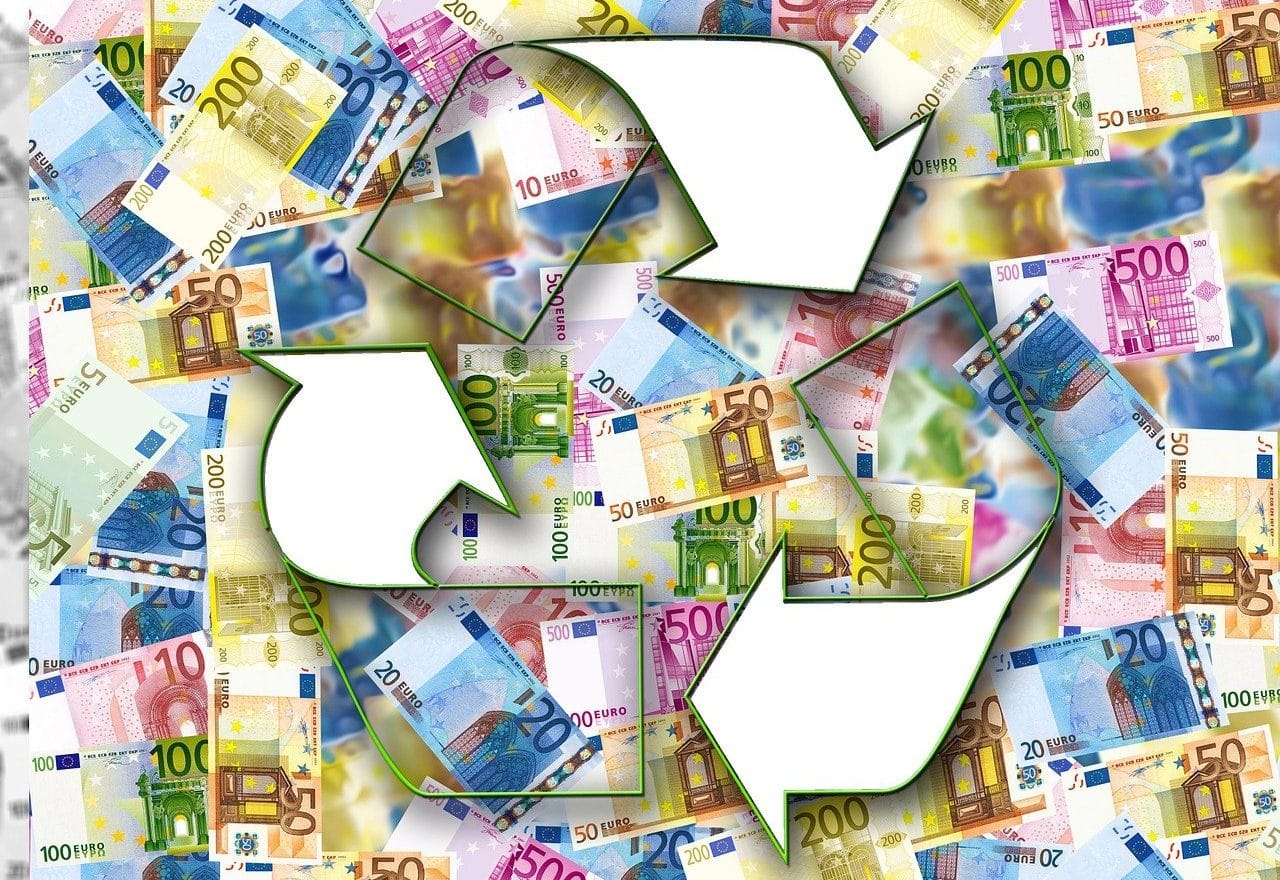
Monetary policy seeks to produce effects on the economic cycle.
Monetary policy is the set of actions that the competent authority carries out to influence the availability and cost of money . The objective of these measures is to promote economic expansion and achieve price stability.
It should be noted that the notion of monetary policy can also be understood as a specialization or an area of economic policy . This is the name given to the system of government decisions and regulations that seek to promote the growth of wealth and the productive development of a nation or region.
Origins of monetary policy
The origins of monetary policy date back to the 20th century , when several economists began to emphasize the importance of this type of measures in the stability of the macroeconomy . Milton Friedman ( 1912 – 2006 ), Clark Warburton ( 1896 – 1979 ), Irving Fisher ( 1867 – 1947 ) and Knut Wicksell ( 1851 – 1926 ) are among the experts who studied these issues and promoted the so-called monetarism , a current of economic thought. which examines the impact money has on the economy.
Fisher , for example, postulated the Quantitative Theory of Money in 1911 . In it, it links, through an equation, the monetary mass, the speed with which money circulates, the price level and the production of services and goods. According to Fisher , prices depend directly on the amount of money in the market.
Beyond the theoretical and ideological differences between the first analysts who highlighted the relevance of monetary policy in economic development, there is agreement that the measures that influence money also produce effects on production and prices.

Monetary policy attempts to ensure financial stability.
Your goals
The objectives of monetary policy are to promote economic growth (to avoid falling into a recession ); contribute to the highest possible level of employment; make the value of money stable (helping to control rising prices to avoid inflation); and prevent the balance of payments from registering constant imbalances.
To achieve these goals, the monetary authority has tools to modify the amount of money and thus trigger certain consequences. This authority can be the central bank of a country - the Federal Reserve (Fed) in the case of the United States - or of a bloc, as is the case with the European Central Bank (ECB) in the European Union (EU) .
The main mechanisms available are changes in interest rates and so-called open market operations . For example: an increase in the minimum interest rate of fixed terms contributes to the fight against inflation and, therefore, protects the currency: this is because it encourages savings and discourages, in theory, consumption , promoting therefore a drop in prices. On the contrary, a reduction in this interest rate leads to savings providing fewer benefits, which is likely to increase expenses and then increase prices.
Through open market operations, meanwhile, the central bank carries out actions to purchase and/or sell assets, which are generally public debt securities . These operations modify the monetary base and also include the interest rate.
Monetary policy can also be managed with other resources, such as changes in the exchange rate and the legal reserve or cash ratio . There is even the possibility that the central bank makes public its opinions on economic issues to have an impact on the behavior of economic actors.

The tools of monetary policy make it possible to encourage investments and reduce unemployment.
Classification of monetary policy
Monetary policy can be classified as restrictive or expansionary according to its objectives. The application of a contractionary or restrictive monetary policy seeks to reduce the amount of money in circulation; On the contrary, an expansive monetary policy aims to create more liquidity in the market.
When the intention is for there to be less money in circulation, an increase in the interest rate is decided, the legal reserve is increased and public debt is sold. On the other hand, to inject money into circulation, the interest rate and the cash ratio are cut and public debt is acquired.
Some examples
We can find numerous articles linked to monetary policy in the media. The Central Bank of the Argentine Republic , to point out a news event, announced in October 2023 an increase in the monetary policy rate and the minimum guaranteed interest rate on fixed terms in pesos.
This interest rate policy aimed to slow down inflation and boost investment in local currency. In this framework, the entity raised both rates to 133% .
The Bank of England , for its part, reported in November 2023 that no changes to the bank rate would be implemented. Thus, it chose, for the second consecutive time, to maintain it at 5.25% after fourteen months of increases with the objective of reducing inflation. It should be noted that, at that time, it was the highest interest rate in 15 years.
